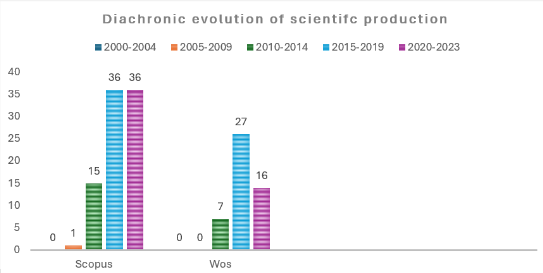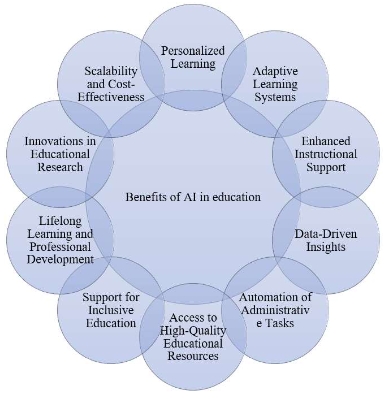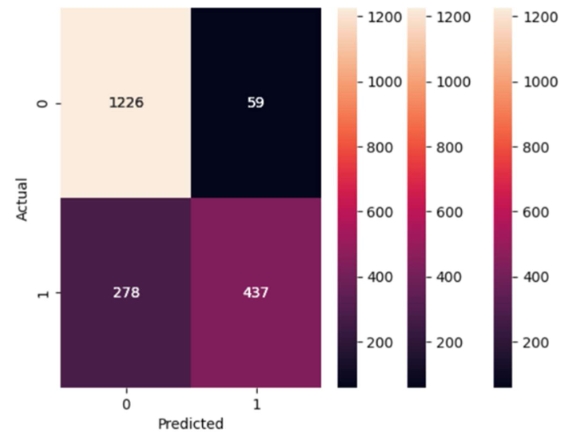A narrative discourse analysis of analyzing James Joyce’s “Araby” through narrative discourse on multiple levels
Abstract
This article employs narrative discourse analysis to analyze James Joyce’s short story “Araby” by using two narrative analysis frameworks that focus on the macrostructure and microstructure aspects of the story. The analysis covers the story’s purpose, generic structure, and lexico-grammatical cohesion. The writer follows a series of structural moves and uses a variety of narrative strategies (e.g., a high level of involvement and a wide range of lexical and grammatical cohesive ties), which contribute to the creation of a well-formed text that has effectively achieved its purpose and made its intended effect. This macro-structural analysis sheds light on the story’s thematic elements, character development, and overall narrative trajectory, providing a deeper understanding of its intended message and impact. The article unveils Joyce’s underlying linguistic mechanisms to convey meaning and evoke emotion within the narrative. By exploring the story’s purpose, structure, and linguistic nuances, the analysis offers valuable insights into Joyce’s narrative techniques and the profound impact of “Araby” as a well-formed literary text. This analysis of James Joyce’s “Araby” through narrative discourse analysis offers valuable insights that can be applied in the classroom to enrich student engagement with literature.
References
[1]Morrissey LJ. Joyce’s Narrative Strategies in “Araby”. Special Issue: The Modern Short Story. 1982; 28(1): 45–52.
[2]Hurley PJ. Warren Beck: Joyce’s Dubliners: Substance, Vision, and Art (Book Review). Studies in Short Fiction. 1972; 9(2): 204.
[3]Broderick, James F. James Joyce: A Literary Companion. McFarland; 2018.
[4]Law S. Classic works of literature still have a place in today’s classrooms. Available online: https://www.theguardian.com/teachernetwork/teacherblog/2012/dec/11/teaching-classicliterature-schools (accessed on 6 May 2023).
[5]Collie J, Slater S. Literature in the Language Classroom: A Resource Book of Ideas and Activities. Cambridge: Cambridge University Press; 1987.
[6]Bruner J. The narrative construction of reality. Critical inquiry. 1991; 18(1): 1-21.
[7]Collie J, Slater S. Literature in the Language Classroom, 5th ed. Cambridge University Press; 1991.
[8]Labov. Sociolinguistics Patterns. Philadelphia: University of Pennsylvania Press; 1972.
[9]Paltridge B, Jill B. Making Sense of Discourse Analysis. Antipodean Educational Enterprises; 2000.
[10]Stein NL. The definition of a story. Journal of Pragmatics. 1982; 6(5-6): 487-507. doi: 10.1016/0378-2166(82)90022-4
[11]Halliday MAK, Hassan R. Cohesion in English. Longman; 1976.
[12]Ulya N. An Analysis of Lexical Cohesion on John Cheever’s the Five-Forty Eight [Bachelor’s thesis]. Fakultas Adab dan Humaniora; 2017.
[13]Callard A. Aspiration: The Agency of Becoming. Oxford University Press; 2018.
[14]Ellis G, Brewster J. The Storytelling Handbook: A Guide for Primary Teacher of English. Penguin; 1991.
[15]Breault R. Finding Meaning in PDS Stories. Teacher Education Quarterly. 2010; 37(1): 177-194.
Copyright (c) 2024 Hammad Hussain Shah, Sumera Iqbal, Khizar Abbas, Ushba Rasool

This work is licensed under a Creative Commons Attribution 4.0 International License.









